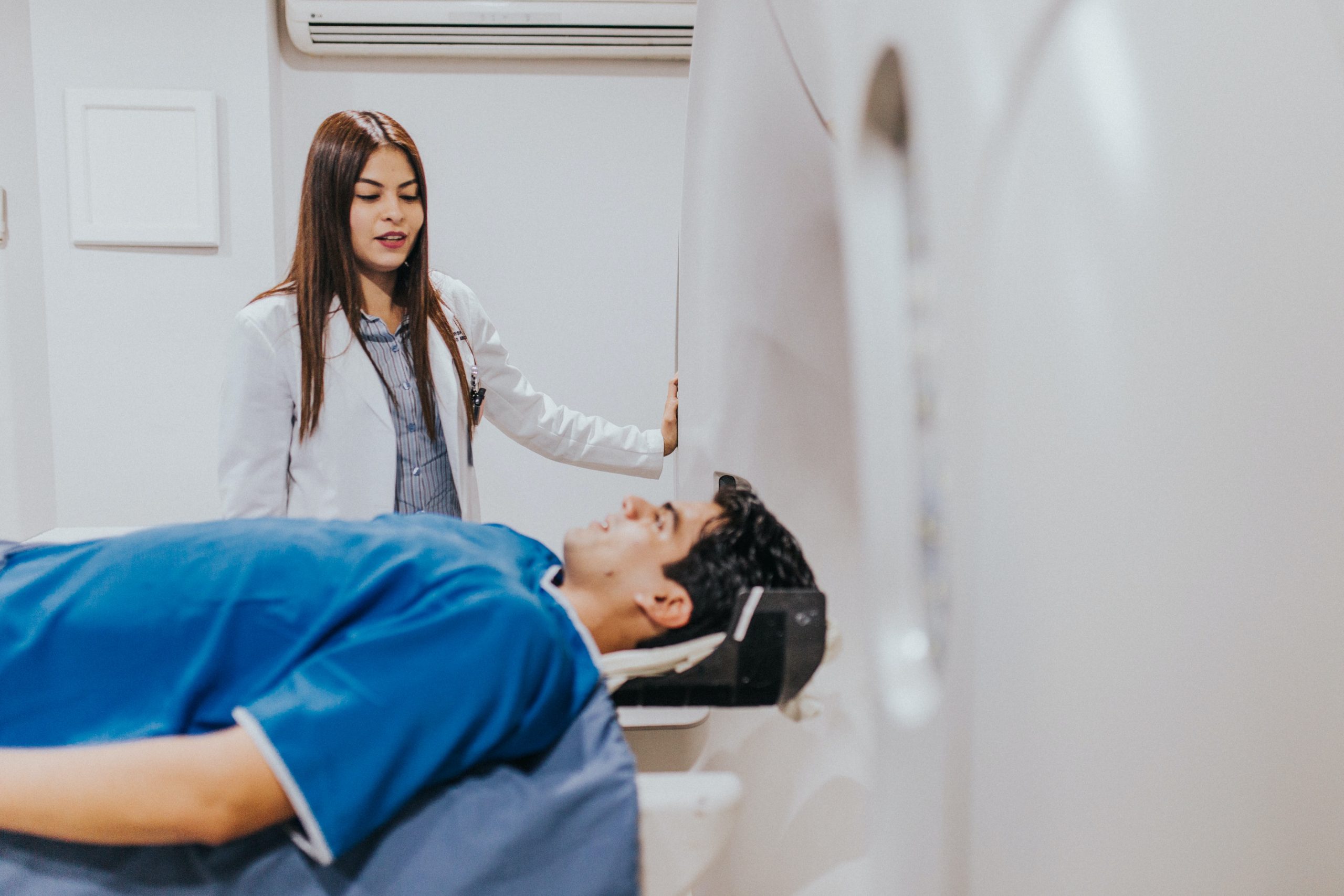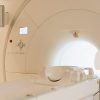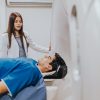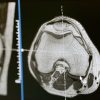What to Expect When Getting a PET/CT Scan: A Comprehensive Guide
Positron Emission Tomography and Computed Tomography, or PET/CT scans, are powerful imaging tools that play a critical role in the diagnosis, staging, and monitoring of various medical conditions, including cancer, heart disease, and neurological disorders. If your healthcare provider has recommended a PET/CT scan, it’s natural to have questions about what to expect. This article will provide you with a comprehensive guide on what to anticipate when undergoing this imaging procedure.
1. Preparation:
Before your PET/CT scan, your healthcare provider will provide specific instructions for preparation. Typically, you’ll be asked to fast for a specific period, typically around 4-6 hours, to ensure accurate results. It’s essential to follow these instructions carefully, as the presence of food or high blood sugar levels can affect the accuracy of the scan.
2. Arrival at the Imaging Center:
On the day of your PET/CT scan, you’ll need to arrive at the imaging center at the scheduled time. Wear comfortable, loose-fitting clothing, and avoid wearing any metal accessories or jewelry, as these can interfere with the scan.
3. Registration and Consent:
At the imaging center, you’ll go through a registration process, which includes providing your identification, medical history, and insurance information. You may also need to sign a consent form, which outlines the details of the procedure and any associated risks.
4. Injection of the Radiotracer:
PET/CT scans involve the use of a radiotracer, a radioactive material that is typically combined with a sugar solution. This radiotracer is administered intravenously, often through a vein in your arm. The radiotracer travels through your bloodstream and accumulates in areas of your body where there is increased metabolic activity.
5. Waiting Period:
After the injection, there is a waiting period to allow the radiotracer to distribute throughout your body. This can take anywhere from 30 to 90 minutes. During this time, it’s essential to remain as still as possible to ensure the accuracy of the scan.
6. Imaging Procedure:
Once the radiotracer has had sufficient time to circulate, you’ll be positioned on the PET/CT scanner bed. The combined PET and CT scan provides both metabolic and anatomical information in a single session. The scanner is a large, donut-shaped machine that will move through the scanning area. You’ll be asked to lie still, and the scan will take approximately 30-60 minutes, depending on the specific areas being examined.
7. Comfort Measures:
The scanning process itself is painless. However, some people may experience discomfort from lying still for an extended period or from the positioning required for the scan. The imaging center staff will do their best to make you as comfortable as possible, and you can communicate with them if you need any adjustments or have concerns.
8. Post-Scan Care:
After the scan is complete, the radiotracer will naturally leave your body through urine. You’ll be encouraged to drink plenty of water to help flush it out more quickly. In most cases, you can return to your normal activities immediately after the scan.
9. Results and Follow-up:
The images from your PET/CT scan will be reviewed by a radiologist, who will generate a report to share with your healthcare provider. It’s essential to follow up with your healthcare provider to discuss the results and determine the next steps in your treatment or diagnosis.
10. Potential Side Effects:
While PET/CT scans are generally safe, some individuals may experience mild side effects, such as redness or swelling at the injection site, or mild allergic reactions. Be sure to communicate any discomfort or unusual symptoms with the imaging center staff.
In conclusion, undergoing a PET/CT scan can be a valuable diagnostic tool in the assessment of various medical conditions. Understanding the steps and what to expect during the procedure can help alleviate any anxiety or concerns you may have. Your healthcare provider and the imaging center staff will be there to guide you through the process and address any questions or issues, ensuring your safety and the accuracy of the scan results.
Recent Posts
Recent Comments
Join our newsletter
Get our emails for info on new items, sales and much more.
Register now to get latest updates on the newest parts!












